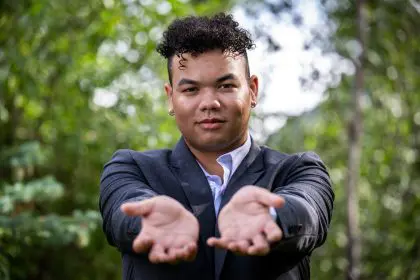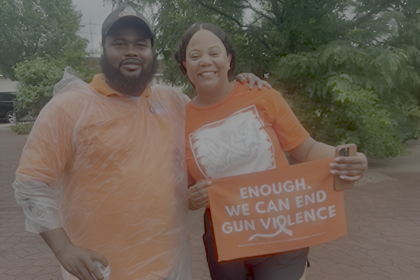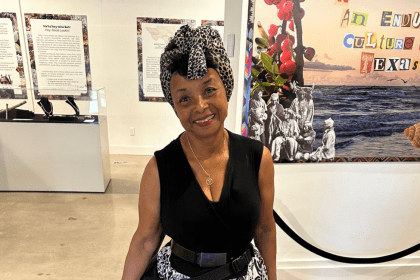 A report by the National Academy of Sciences that will be released this
A report by the National Academy of Sciences that will be released this
month alleges that the forensic evidence used to convict thousands of
defendants for the better part of a century is often produced from
shoddy scientific practices. The NAS, the nation’s preeminent
scientific research group, says that such analyses are often handled by
poorly trained technicians who exaggerate the accuracy of their methods
in court. Congress should create a federal agency to guarantee the
independence of the field, the Academy concludes.
The report follows a
series of widely publicized crime laboratory failures, including the
case of Brandon Mayfield, a lawyer from Portland, Ore., and Muslim
convert who was wrongly arrested in the 2004 terrorist train bombing in
Madrid that killed 191 people and wounded 2,000. American examiners
matched Mr. Mayfield’s fingerprint to those found at the scene,
although Spanish authorities eventually convinced the Federal Bureau of
Investigation that its fingerprint identification methods were faulty.
Mr. Mayfield was released, and the federal government settled with him
for $2 million.
Perhaps the most
powerful example of the National Academy’s prior influence on forensic
science was a 2004 report discrediting the F.B.I. technique of matching
the chemical signatures of lead in bullets at a crime scene to similar
bullets possessed by a suspect. As a result, the agency had to notify
hundreds of people who potentially had been wrongfully convicted.
With such a large
number of African American and Latino males incarcerated due to
verdicts rendered via forensic science as evidence, this finding could
prove to have far-reaching ramifications.
The introduction of DNA profiling clearly set the agenda. Not
significantly criticized in the Academy’s report, DNA evidence is
presented in less than 10 percent of all violent crimes but has
transformed the science of forensics. It has helped to free more than
200 wrongfully convicted people, and Case Western Reserve University
School of Law forensic science expert Paul Giannelli told the New York
Times that “DNA was a shock to police culture and created an
alternative scientific model, which promoted standardization,
transparency and a higher level of precision.” Mr. Giannelli said
enforcement officials “chose to say they never make mistakes, but they
have little scientific support, and this report could blow them out of
the water.”
Peter J. Neufeld, co-director of the Innocence Project,
presented to the academy a study of trial transcripts of 137
convictions. Each one had been overturned by DNA evidence and found
that 60 percent included false or misleading statements regarding
blood, hair, bite mark, shoe print, soil, fiber and fingerprint
analyses. – todd williams










